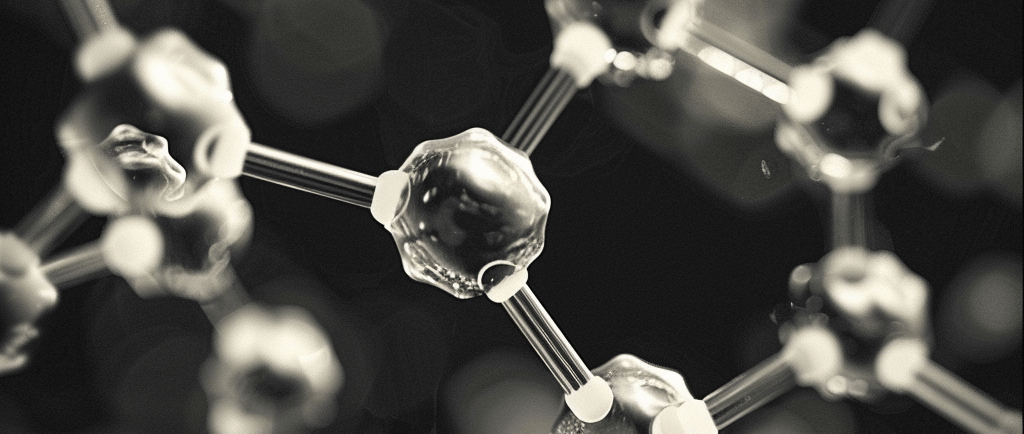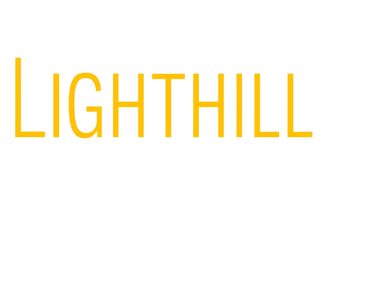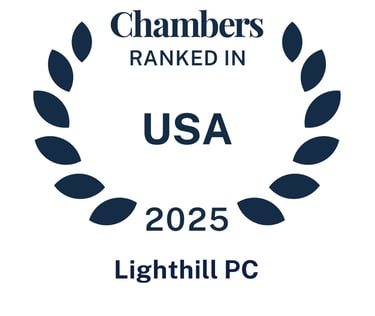Imports of Epoxy Resin from China, India, South Korea, Taiwan, and Thailand
Petitions for Antidumping & Countervailing Duties


An ad hoc coalition of U.S. epoxy resin producers, comprising Olin Corporation and Westlake Corporation, filed international trade petitions against imports of epoxy resin from China, India, South Korea, Taiwan, and Thailand. Epoxy resin serves as a protective coating, adhesive, and laminate across various industries, such as construction, electrical and electronics, and composite manufacturing. Additionally, epoxy composites find applications in the aerospace, automotive, marine, sports equipment, and wind and solar energy sectors. The total value of the subject imports in 2023 was about $311 million.
The petitions threaten the imposition of antidumping (“AD”) and countervailing duties (“CVD”) on imports of epoxy resin, alleging the following duty rates:
Antidumping Duties
· China: 264.87-351.97 percent
· India: 11.43-17.50 percent
· South Korea: 48.13-69.42 percent
· Taiwan: 87.19-136.02 percent
· Thailand: 163.94-205.63 percent
Countervailing Duties
Countervailing duty rates are calculated based on the number of subsidy programs, the amount of benefits received, and the specific company's revenue. These rates typically vary between single and triple digits. The petitions include subsidy allegations against China, India, South Korea, and Taiwan.
For foreign producers, exporters, and U.S. importers participating in these investigations, the duty rates often end up much lower than the alleged rates, sometimes resulting in no duties imposed at all.
The Focus of the Investigations:
The petitions were filed with the two U.S. agencies involved in antidumping and countervailing duty investigations: the U.S. International Trade Commission (ITC) and the U.S. Department of Commerce (DOC).
1. The DOC will calculate the dumping margins and countervailable subsidy rates for foreign exporters of epoxy resin from these countries.
2. The ITC will assess whether imports from these countries are causing material injury to the U.S. epoxy resin industry.
Dumping occurs when a foreign company sells a product in the U.S. at a price below its normal value, which is assessed based on the company's above-cost sales in its home market or a comparable market. This evaluation aims to identify price discrimination.
Countervailable subsidies consist of financial assistance provided by foreign governments that benefit the production, manufacture, or exportation of goods, specifically targeting the exporter, industry, or geographic region. Such subsidies can take various forms, including discounted loans, tax breaks, direct grants, or low-cost rent.
The injury investigation examines whether the U.S. industry suffers material injury or faces a threat of material injury by reason of the allegedly dumped and subsidized imports.
Participation:
The DOC is currently evaluating the sufficiency of the petitions and is set to decide whether to officially launch the investigations by April 22, 2024. After the initiation, participation is almost always vital for maintaining U.S. market share and staying competitive.
In the antidumping and countervailing duty investigations, the DOC normally examines two companies from each country, typically chosen based on their export volume to the U.S. These companies will be required to actively participate in the investigations, and the dumping margins and countervailable subsidy rates determined for them will likely set the duty rates for other producers and exporters.
The ITC initiated its injury investigation on April 2, 2024, and will have 45 days to reach a preliminary determination. Producers, importers, and exporters can participate in this investigation by responding to questionnaires about the production, importation, and sales of epoxy resin. These questionnaires are due by April 17, 2024. Parties can also defend themselves at the ITC against claims that imports are harming the U.S. industry.
Retroactive Duties:
Duty may be required for merchandise currently in transit or expected to be shipped soon. Antidumping and countervailing duties normally become effective when the DOC makes affirmative preliminary determinations. However, if the petitioner later alleges critical circumstances and dumping or subsidization is determined, imports arriving after April 2, 2024 (the petition filing date), but before the AD and CVD preliminary determination dates, could face retroactive cash deposits.
Key Dates:
DOC Initiation: April 22, 2024
ITC Preliminary Determination: May 17, 2024
DOC CVD Preliminary Determinations: June 27, 2024
DOC AD Preliminary Determinations: September 9, 2024
DOC CVD Final Determinations: September 9, 2024
DOC AD Final Determinations: November 25, 2024
ITC Final CVD Determination: October 24, 2024
ITC Final AD Determination: January 7, 2025
Issuance of Orders: January 14, 2025
Note: The above deadlines are estimates and might be extended under certain circumstances.
REQUESTED SCOPE OF MERCHANDISE UNDER CONSIDERATION
The merchandise subject to these petitions are epoxy resins, also known as epoxide resins or polyepoxides, which are polymers or prepolymers containing epoxy groups. Epoxy resins range in physical form from low viscosity liquids to solids and are used in a wide range of applications such as coatings, paints, adhesives, composite materials, wind blade systems, insulating materials, civil engineering materials, and electronics. All epoxy resins are covered by the scope of these petitions irrespective of physical form, viscosity, grade, purity, molecular weight, or molecular structure and regardless of packaging.
Epoxy resins may contain modifiers or additives, such as hardeners, curatives, colorants, pigments, diluents, solvents, thickeners, fillers, plasticizers, softeners, flame retardants, toughening agents, catalysts, Bisphenol F, and ultraviolet light inhibitors, so long as the modifier or additive has not chemically reacted so as to cure the epoxy resin or convert it into a different product no longer containing epoxy groups. Such epoxy resins with modifiers or additives are included in the scope where the epoxy resin component comprises at least 30 percent of the total weight of the product. The scope also includes blends of epoxy resins with different types of epoxy resins, with or without the inclusion of modifiers and additives, so long as the combined epoxy resin component comprises at least 30 percent of the total weight of the blend.
Epoxy resins are characterized by the presence of reactive epoxy groups that allow them to be readily cross-linked at the time of use. Epoxy resins may be reacted (cross-linked) either with themselves or with a wide range of co-reactants, often referred to as hardeners, curatives, or curing agents. The cross-linking reaction is commonly referred to as curing. The epoxy resins and blends thereof covered by this scope have not been cured.
Epoxy resins that enter as part of a system or kit with separately packaged co- reactants, such as hardeners or curing agents, are within the scope. For such entries, both the epoxy resin and the co-reactant are covered by the scope of these petitions when entered together.
The scope includes merchandise matching the above description that has been processed in a third country, including by commingling, diluting, introducing, or removing modifiers or additives, or performing any other processing that would not otherwise remove the merchandise from the scope of the investigations if performed in the subject country.
The scope also includes epoxy resin that is commingled with epoxy resin from sources not subject to this investigation. Only the subject component of such commingled products is covered by the scope of these investigations.
Excluded from the scope are phenoxy resins, which are polymers weighing more than 11,000 Daltons and containing no epoxy groups other than at the terminal ends of the molecule. Phenoxy resins’ Melt Flow Index (“MFI”) at 200°C (392°F) range from 4 to 70 grams per 10 min and its Glass-Transition Temperatures (“Tg”) range from 80 to 100°C (176 to 212°F).
Excluded from the scope are certain paint and coating products, which are blends, mixtures, or other formulations of epoxy resin, curing agent, and pigment, in any form, packaged in one or more containers, wherein (1) the pigment represents a minimum of 10 percent of the total weight of the product, (2) the epoxy resin represents a maximum of 80 percent of the total weight of the product, and (3) the curing agent represents 5 to 40 percent of the total weight of the product.
Excluded from the scope are preimpregnated fabrics or fibers, often referred to as “pre-pregs,” which are composite materials consisting of fabrics or fibers (typically carbon or glass) impregnated with epoxy resin.
This merchandise is currently classifiable under Harmonized Tariff Schedule of the United States (HTSUS) subheading 3907.30.0000. Subject merchandise may also be entered under subheadings 3907.29.0000, 3824.99.9397, 3214.10.0020, 2910.90.91, 2910.90.9000, 2910.90.2000, and 1518.00.4000. The HTSUS subheadings are provided for convenience and customs purposes only; the written description of the scope is dispositive.




